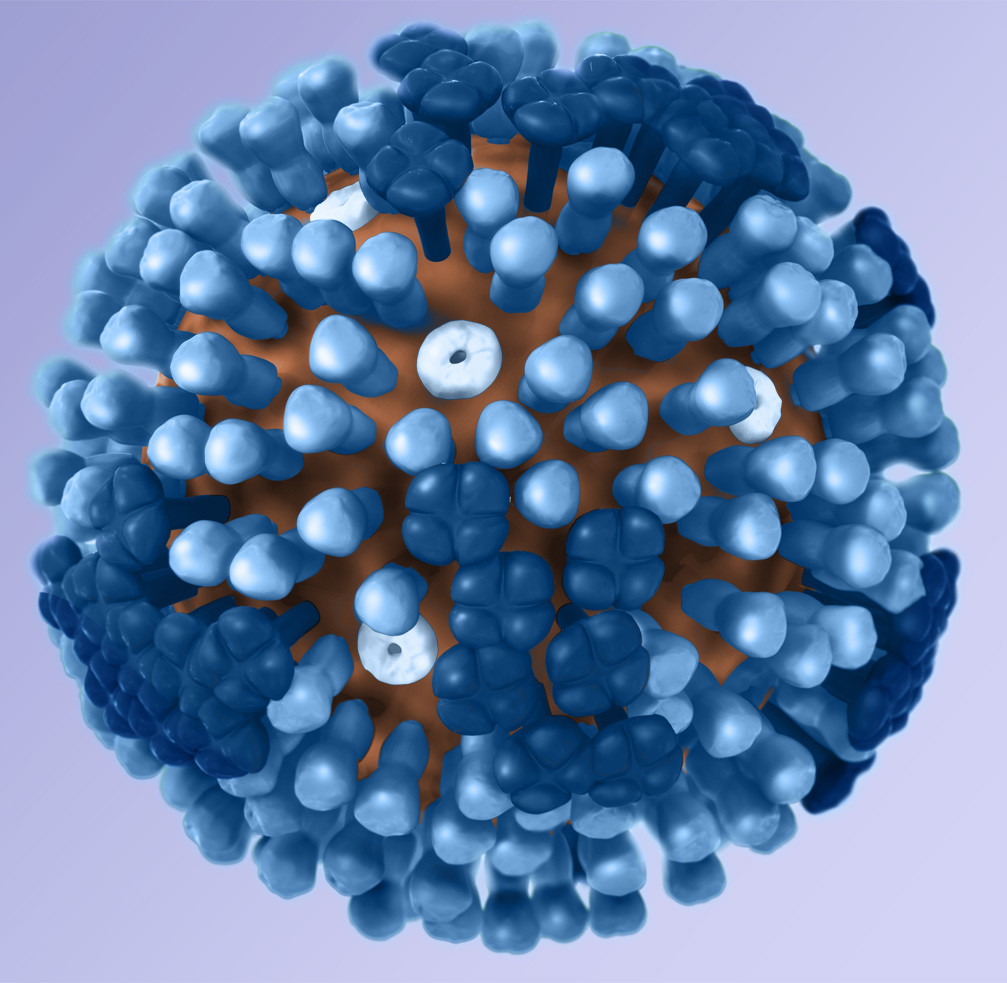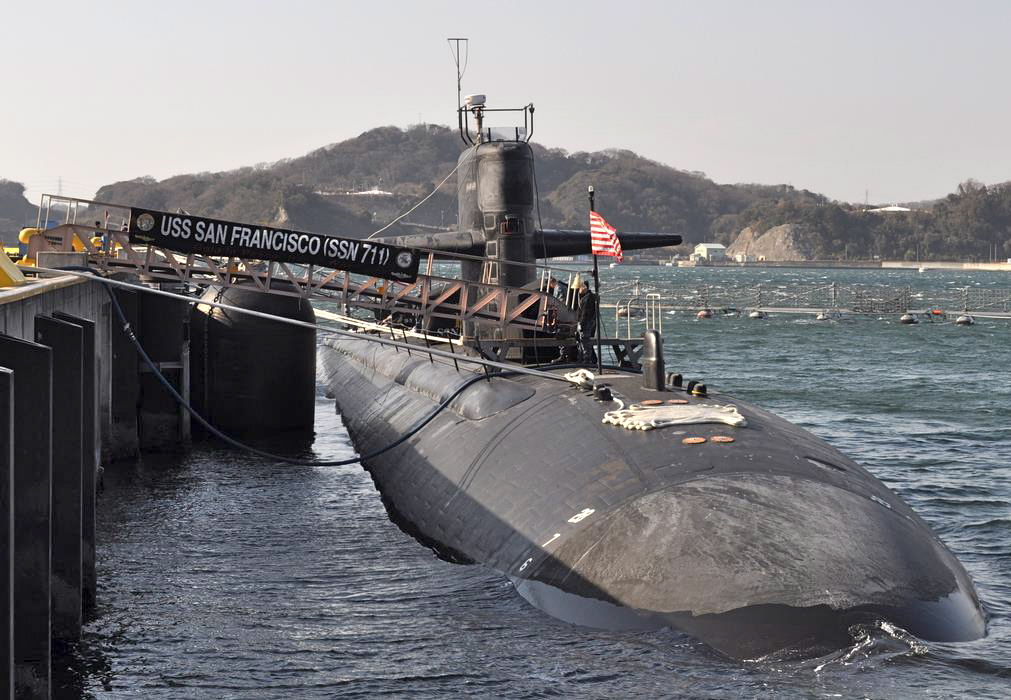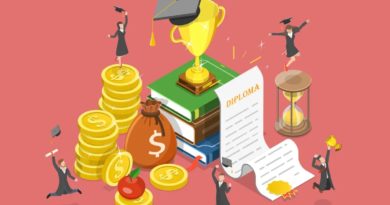Daily Business Report-Nov. 8, 2016
When to Expect Election Results:
A Word from the Registrar of Voters
On election night, we all want to know who won and which propositions and measures passed – and as soon as possible. But the Nov. 8 Presidential General Election results are expected to take longer to come in. Here’s why.
For the first time, San Diego County voters will get a two-card ballot with contests listed both on the front and back. End to end, it measures 6-feet. Voters will need more time to fill them out and the Registrar of Voters will need more time to process them.
More mail ballots than ever before were issued by the Registrar’s office, over 1.1 million.
More people vote during a presidential general election than most elections.
A record number of registered voters: San Diego County has more than 1.65 million registered voters.
More polling places will be open, 1,552, up from 1,522 in the June 7 Primary Election.
In short, we have two cards for every ballot, more candidates, more measures, more voters, more polling places, more mail ballots and more ballot cards in general than ever before.
Provisional ballots always take longer. Registrar workers must make sure your votes count for the contests you were entitled to vote on and that they don’t count for the ones you weren’t.
Those mail ballots? More convenient, but if you drop them off at the polls on Election Day, the Registrar of Voters can’t start counting them until Thursday at the earliest because the signatures need to be verified first. The Registrar expects 150,000 to 200,000 mail ballots will be dropped off Nov. 8.
“This is not really a new phenomenon,” said Vu. “We’re just likely to have a higher volume of outstanding ballots.”
So what can you expect?
The polls close at 8 p.m. Within minutes, the results should come through for the ballots that were mailed in, submitted at drop-off points before Election Day or during early voting at the Registrar’s office. Those numbers will probably account for 30 percent of the total vote count for the election, up to 400,000 ballots.
After that, some precinct results may trickle in, but only a very light number. Close to 11 p.m. you can expect the bulk of the precinct numbers. Then, results should come in periodically as trucks with ballot boxes continue to roll in. All the precinct ballots might not arrive until after 1 a.m. and the final unofficial election night results may not be done until after 5 a.m.
After all the precinct ballots are counted on election night, Vu expects only about 65 percent of the vote. Those tight races might still be up in the air.
“It’s not over on election night and it hasn’t been for a long, long time,” said Vu. “Close contests are not decided until all the ballots are in the count.”
While you can guess how some races will turn out due to the early numbers, the results for the tight races must wait until election workers process, review and inspect every ballot: precinct, provisional, mail-in and damaged.
“Between mail ballots and provisional ballots, a close race always comes to the very end,” said Vu. “We must do our due diligence to make sure everything is right.”
Some races may not be decided for several weeks. The presidential results must be finalized by Dec. 6, 28 days after Election Day. All other contests must be certified by Dec. 8.
For more information, visit sdvote.com or call (858) 565-5800.
_________________________
Mary Curran to Take Helm of SDSU’s
Philanthropic Leadership Board
The incoming chair of San Diego State University’s philanthropic leadership board is a woman with a record of leading major businesses and serving the San Diego community. Mary Curran (’82) will assume the role of board chair of The Campanile Foundation in December, becoming the fifth leader and first woman board chair in the 17-year history of the foundation.

Curran prepares to step into her role just as the university has reached the $750 million goal of The Campaign for SDSU, but she is quick to point out that fundraising efforts will continue apace even as this first campaign ends.
“The Campanile Foundation will find new ways to build momentum and help the university become even more successful,” she said. “We’ll be focused on how to continue raising at least $100 million each year without the push and structure that a campaign provides.”
Curran received her MBA from SDSU and joined Union Bank after seven years with Bank of America. At Union Bank, she led a number of divisions, including Orange County and San Diego Commercial Banking and the bank’s Wealth Management Group before becoming executive vice president and chief risk officer for Corporate Banking. She facilitated a multi-year gift from the bank to SDSU beginning in 2013.
Curran’s term as chair follows nine years of service as a TCF board member. Prior to that, she was a mentor and a judge for SDSU’s Venture Challenge competition, organized yearly by what is now the Lavin Entrepreneurship Center.
_________________________

New Research Uncovers
Pattern in Global Flu Outbreaks
As cold winter weather approaches, millions of people look for remedies to avoid the flu. Yet influenza outbreaks equally affect those living in warm, tropical regions where there is no direct link to seasonal temperature changes. This lack of a seasonal connection between flu outbreaks in tropical and temperate climates has made studying the environmental factors that drive the flu challenging.
In a new study, a Scripps Institution of Oceanography-led research team found that a key environmental driver — humidity — links flu outbreaks across the globe and that temperature mediates this effect.
Using the empirical dynamic modeling (EDM) approach developed by Scripps ecologist George Sugihara and colleagues, the scientists analyzed nearly 20 years of global influenza data from the World Health Organization;s Global Health Atlas to uncover a positive association between flu outbreaks, absolute humidity, which is the amount of moisture in the air, and temperature across all latitudes. The study, led by Scripps postdoctoral researcher Ethan Deyle, found a critical temperature window of 70-75 degrees Fahrenheit (21-24 degrees Celsius). Humidity levels above and below the temperature window become a key factor in the spread of the virus.
_________________________

SeaWorld’s New Orca Encounter
Approved by Coastal Commission
The California Coastal Commission has approved SeaWorld San Diego’s new killer whale facility to replace the theatrical shows of years past.
“The new Orca Encounter takes killer whale presentations to a new level of education, allowing us to inform millions of park guests over the next several decades about the natural history, physical abilities and the conservation steps necessary to ensure the future survival of this species in the wild,” said Marilyn Hannes, the theme park’s president.
The new facility will be designed to showcase killer whale behavior in the wild: how they move, what they eat, how they hunt, how they navigate, and even how they communicate. Guests will feel like they are taking part in a live documentary, according to SeaWorld.
Peopoe for the Ethical Treatment of Animals and a group called Save Everyone’s Access spoke out against the project.
SeaWorld announced in March that it is ending the killer whale shows and transitioning to education-based presentations. It has also ended captive breeding of the animals.
Construction will begin in January 2017 and the new Orca Encounter will debut in the summer of 2017.
_________________________
Padres Name Chief Operating Officer

The San Diego Padres have promoted Erik Greupner to chief operating officer from his previous post as executive vice president, business administration and general counsel.
Greupner had also previously held the title of senior vice president, business administration & general counsel from October 2011 toNovember 2014, and originally joined the Padres in December 2010 as senior vice president, general counsel.
Prior to joining the Padres, Greupner worked as a corporate and transactional attorney with the international law firm Gibson, Dunn & Crutcher LLP. He earned his Juris Doctor degree magna cum laude from the University of San Diego School of Law. Prior to attending law school, Greupner held sales management roles with Goldman Sachs & Company and Scudder Weisel Capital, LLC.
_________________________

Farewell Ceremony Held
for Sub USS San Francisco
The Los Angeles-class fast attack submarine USS San Francisco marked the end of 35 years of active service with a change of command and farewell ceremony at Naval Base Point Loma on Nov. 4.
Capt. Daniel Caldwell relieved Cmdr. Jeff Juergens as commanding officer of San Francisco in the ceremony.
“By any measure, the San Francisco has had a stellar career as an operational submarine,” said Juergens. “I’ve been extremely fortunate to be one of the few to command this fine submarine, and especially lucky to get to command San Francisco for the last three years, which have been so successful.”
Later this month, San Francisco will shift homeport to Norfolk to begin a two-year conversion process to become a moored training ship. Following the conversion, she will be moved to Nuclear Power Training Unit in Charleston, S.C. She will help train a new generation of submariners through 2040.
San Francisco completed her final Western Pacific deployment in October steaming over 50,000 nautical miles and conducting port visits in Japan, Singapore, and Guam. It was commissioned April 24, 1981 and has a crew of 150 sailors.
_________________________
ARCS Foundation Awards $255,000
in Fellowships to UCSD Graduates
The San Diego chapter of the ARCS Foundation has awarded $255,000 to 34 graduate students at the University of California San Diego. The annual fellowship awards recognize exceptional students who are pursuing research in the natural sciences, engineering and medicine.
A national nonprofit led entirely by women, the ARCS Foundation is dedicated to boosting American leadership in science and technology by supporting promising undergraduate and graduate students. Since its inception in 1985, the San Diego chapter has awarded nearly $5 million to graduate students at UC San Diego.
Olga Botvinnik, a fifth year doctoral student studying bioinformatics, is among the 2016-17 ARCS Scholars. Botvinnik’s research lies at the intersection of biology and computer science, harnessing the power of big data and analysis to study biological systems.
“We use computational tools to solve biological questions, from looking at differences in the brains of people with autism, to studying how motor neurons develop,” she said. “It’s an exciting field to be in right now.”
With the fellowship, Botvinnik will be able to travel to conferences to present her work and network with other scientists in the field — an important step as she prepares to complete her dissertation.
_________________________
Preparing 500-Pound Bombs

Sailors assigned to the San Diego-based amphibious assault ship USS America and F-35B Lightning II Marine Corps personnel prepare to equip the aircraft with 500-pound laser-guided test bombs during flight operations in the Pacific. (U.S. Navy photo by Petty Officer 3rd Class Kyle Goldberg)



